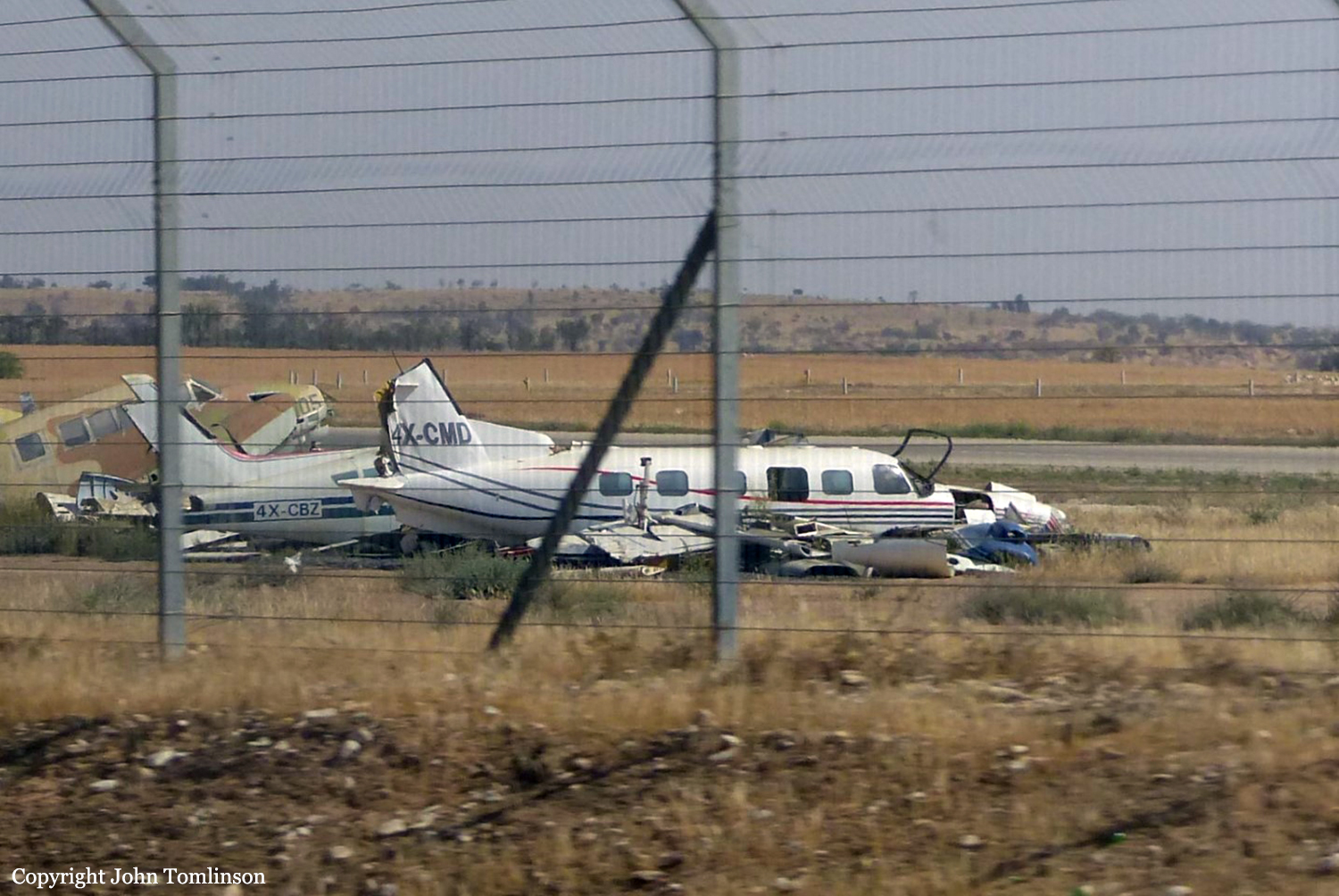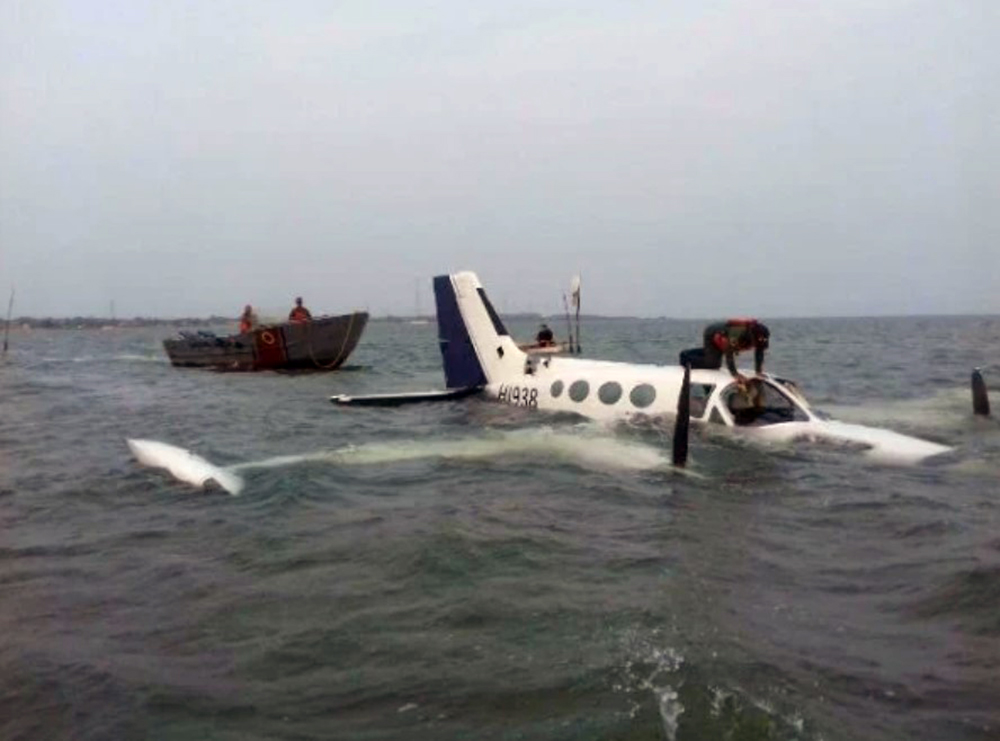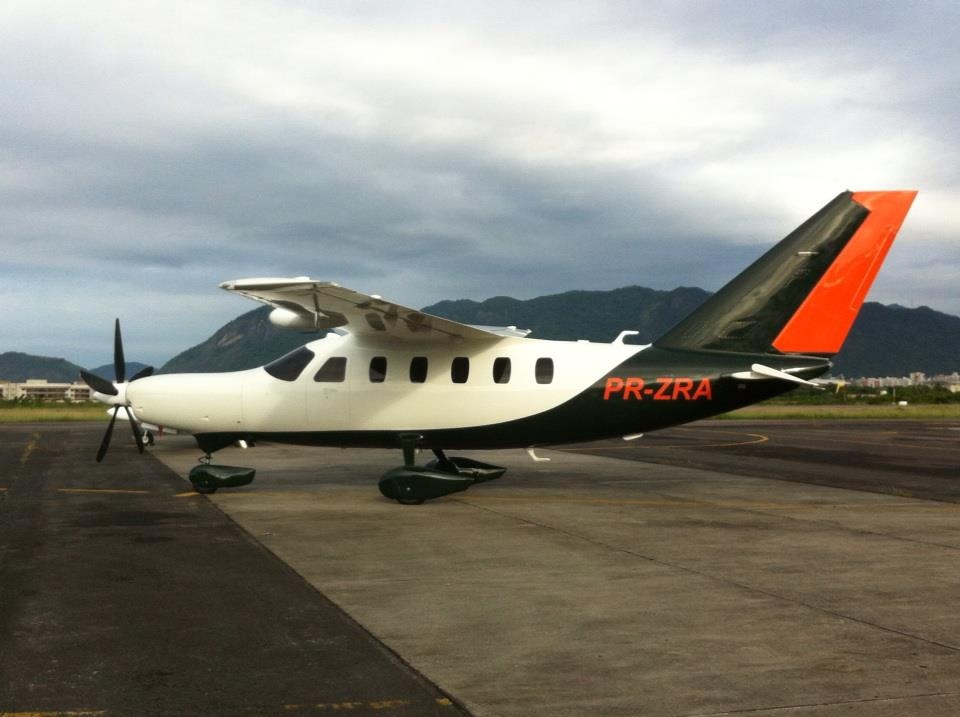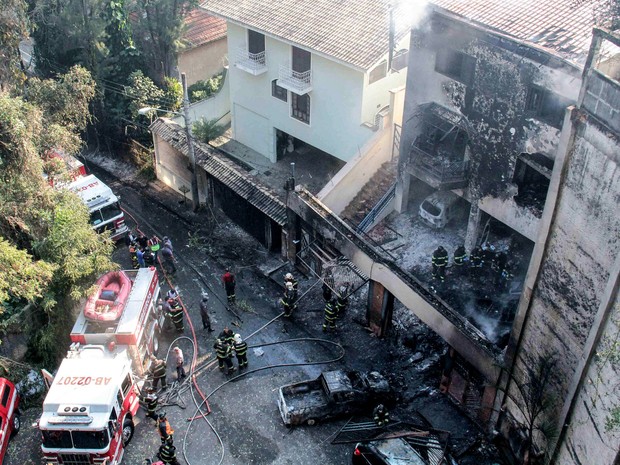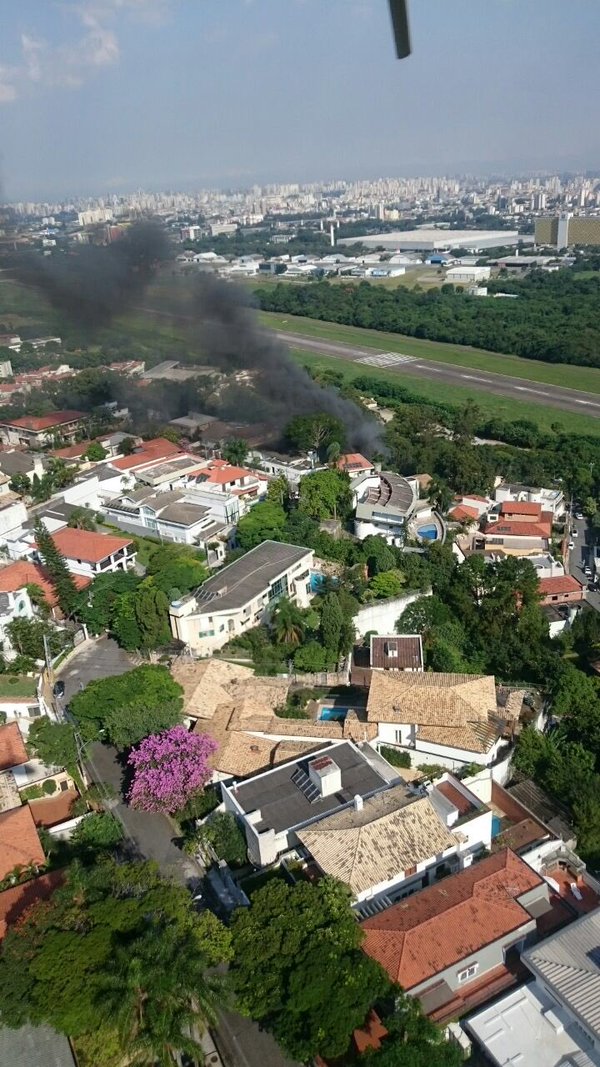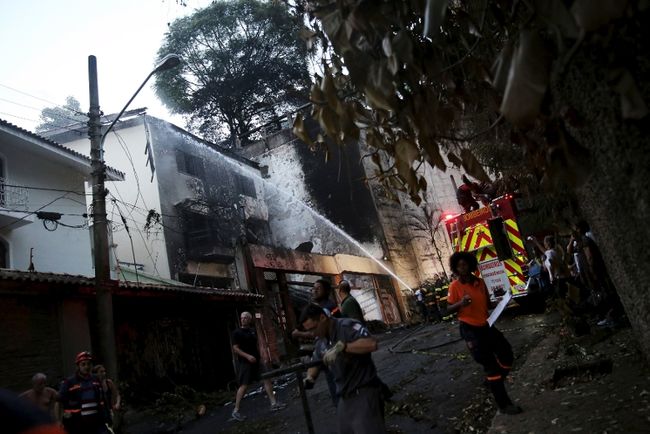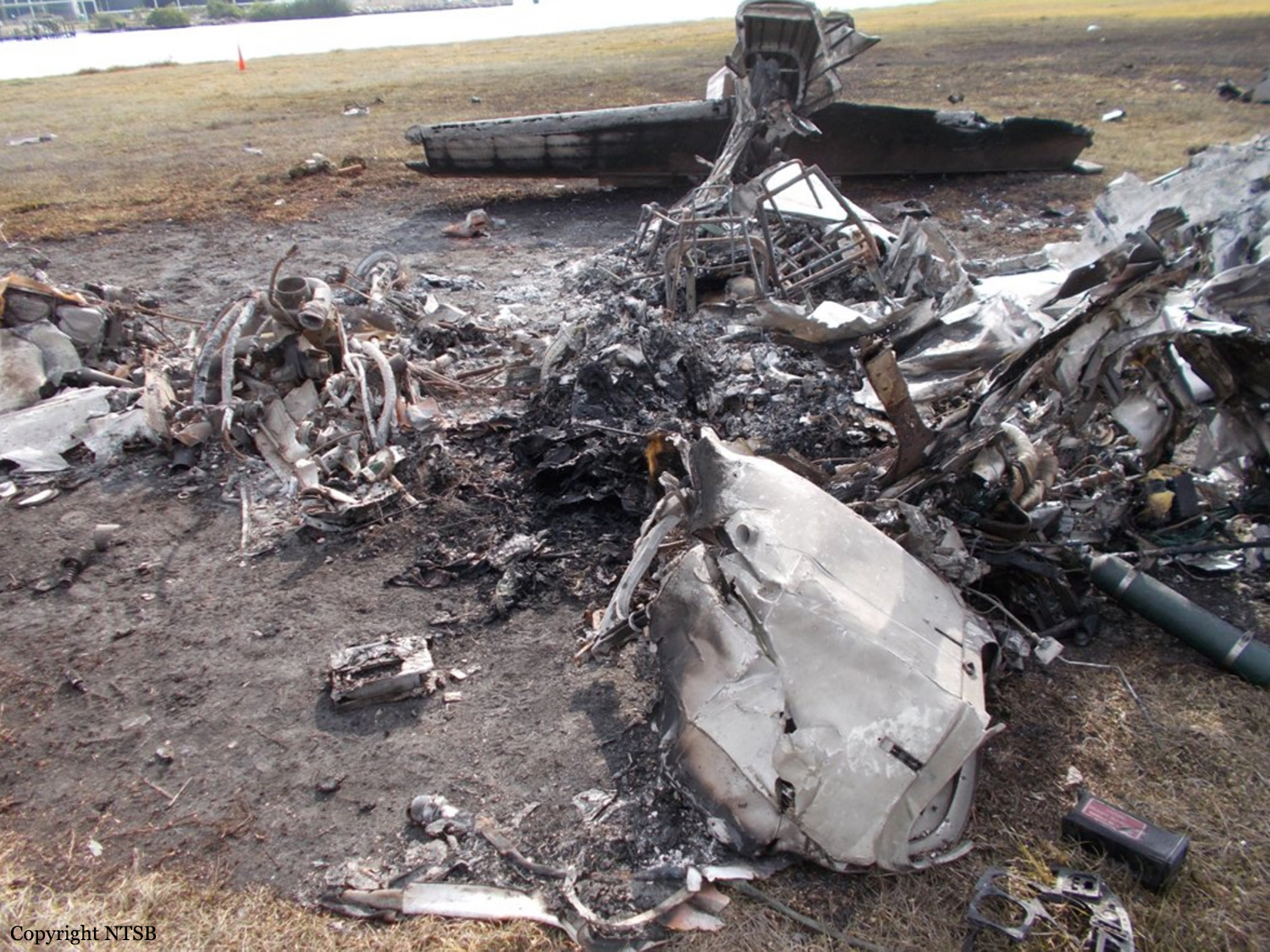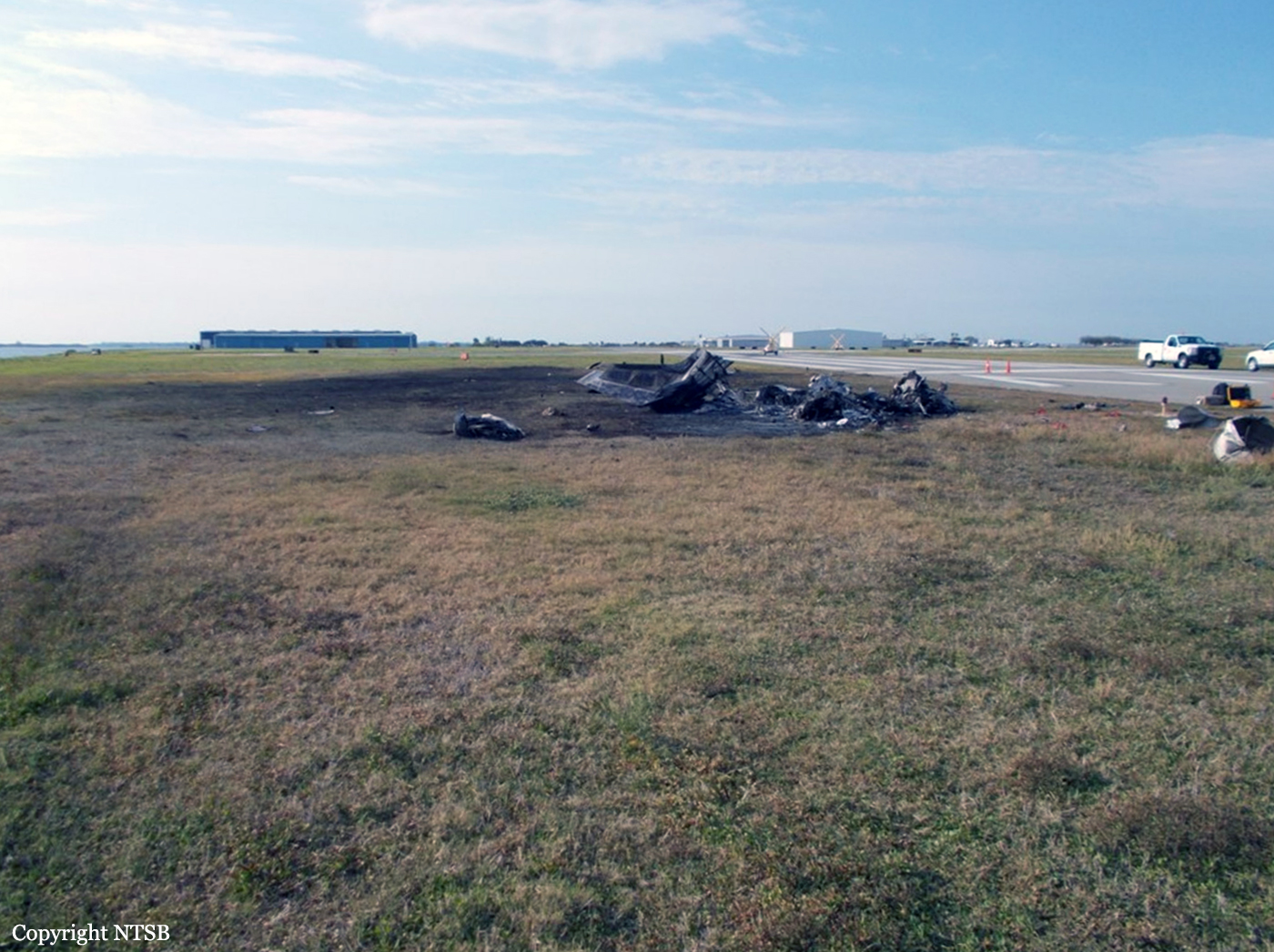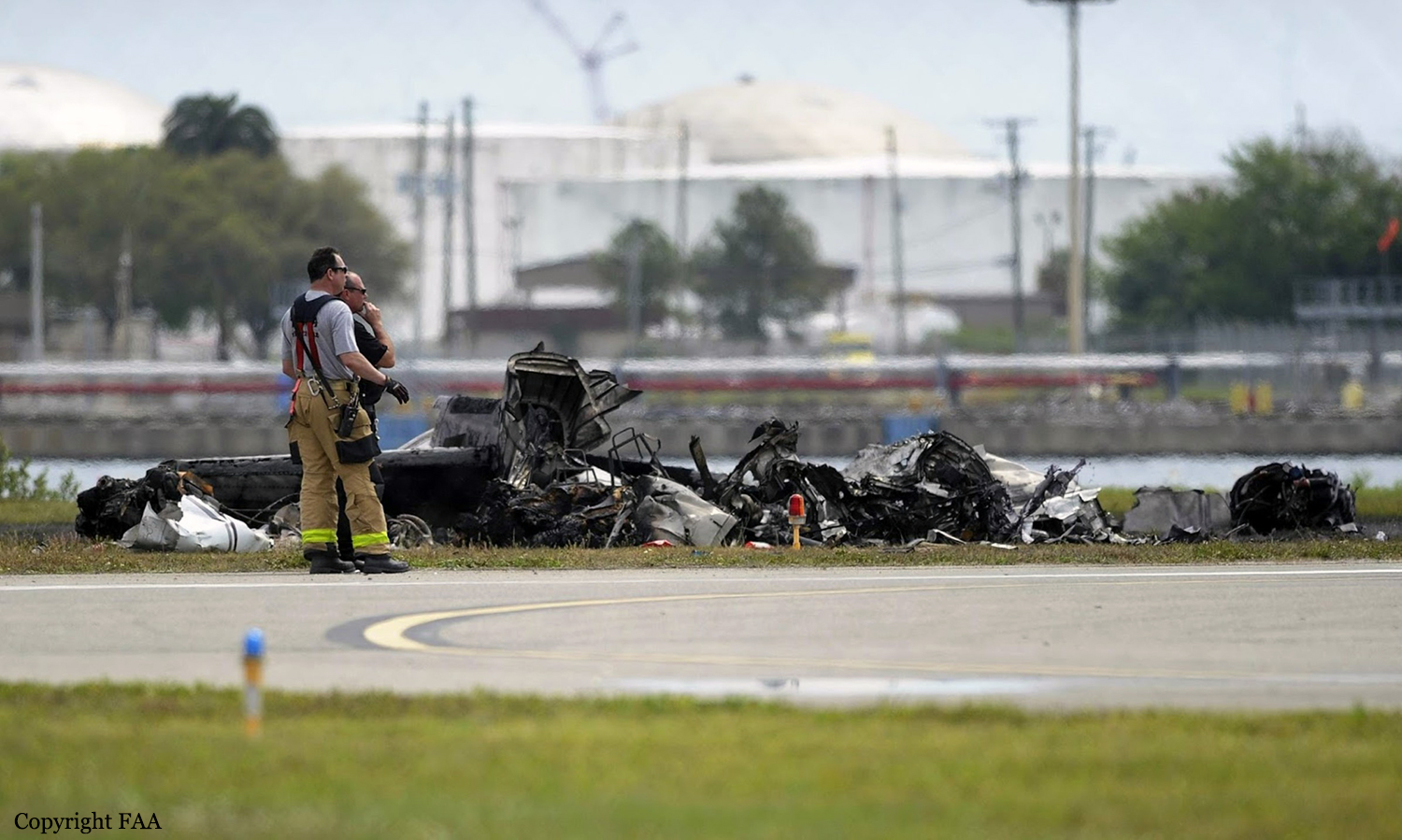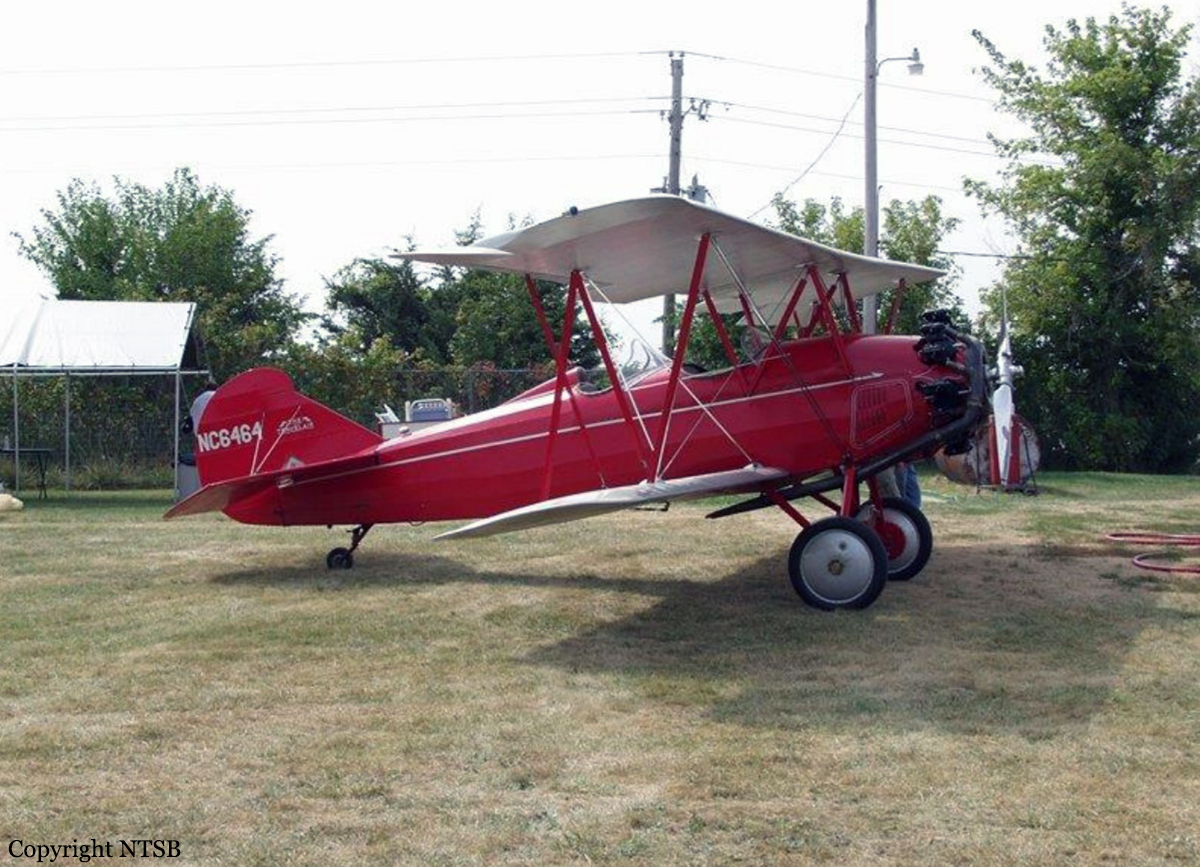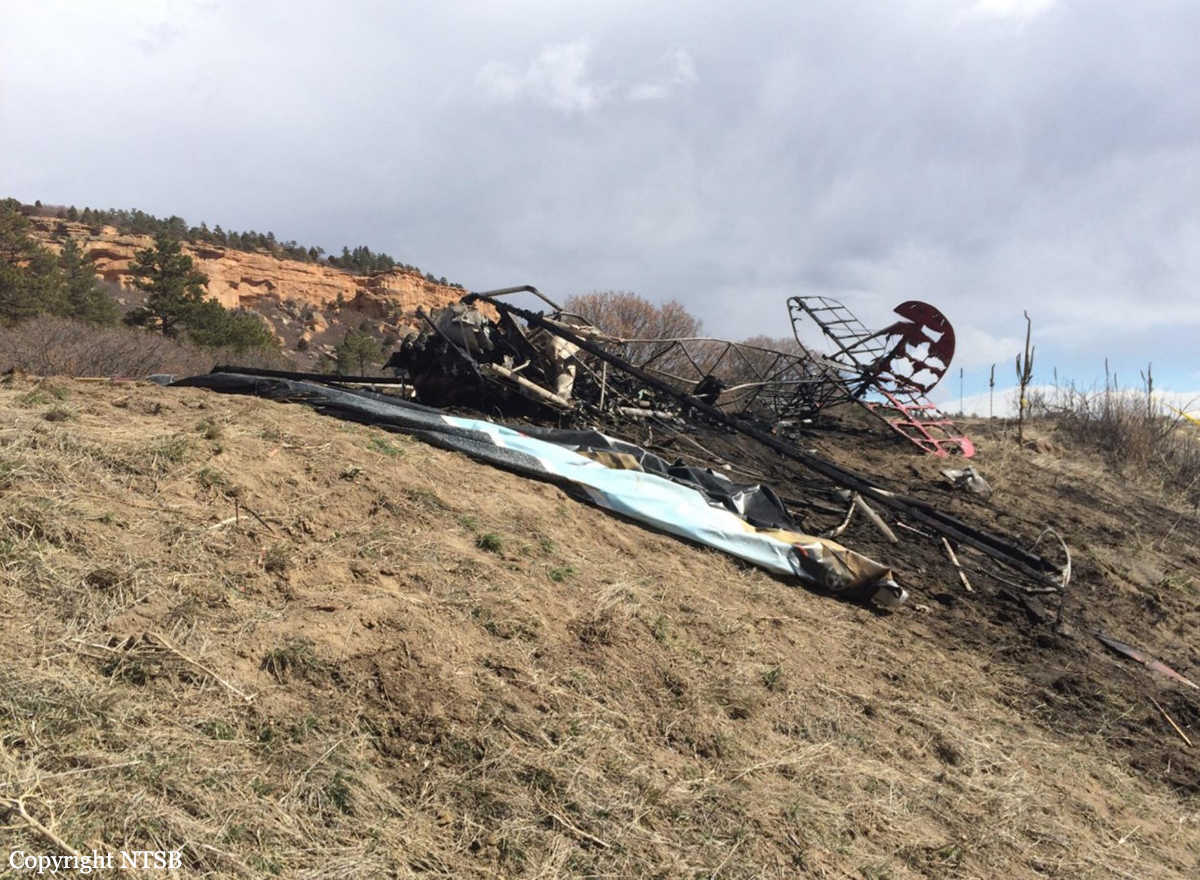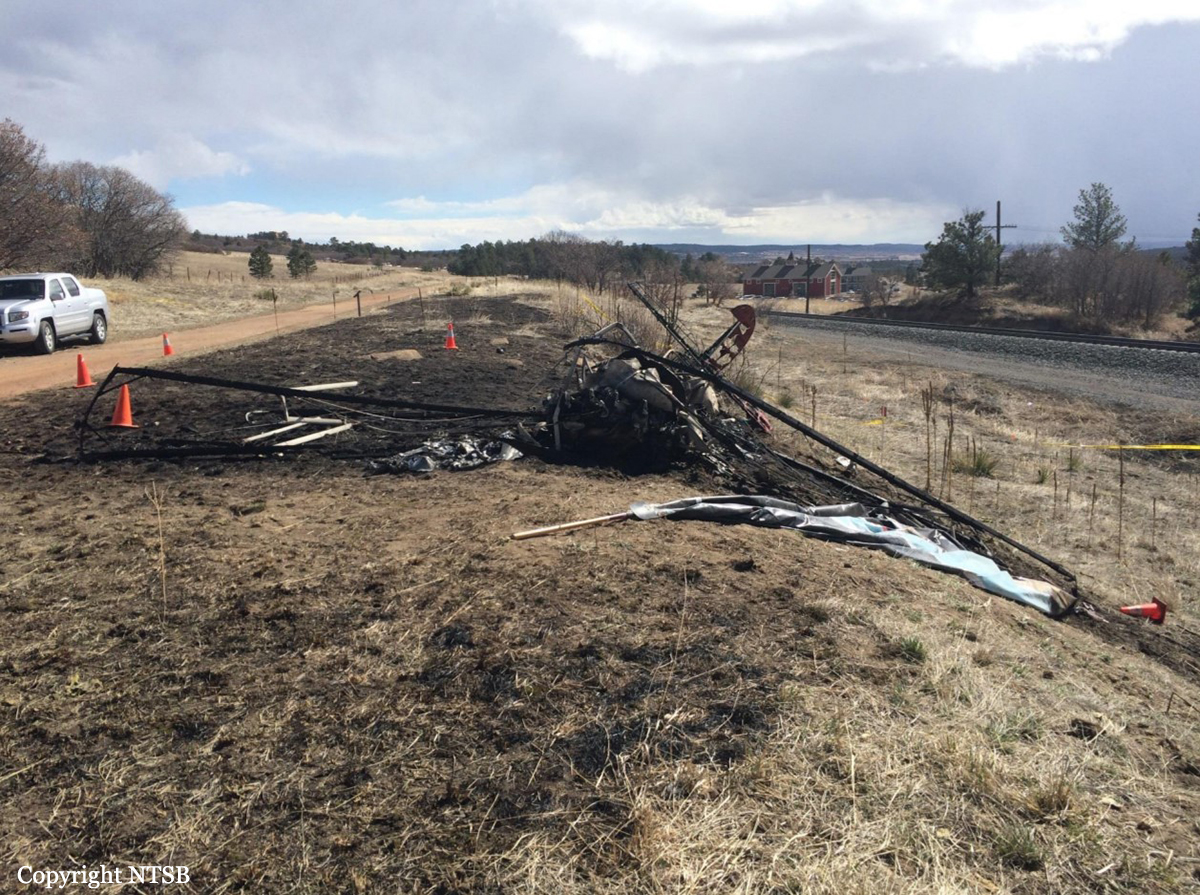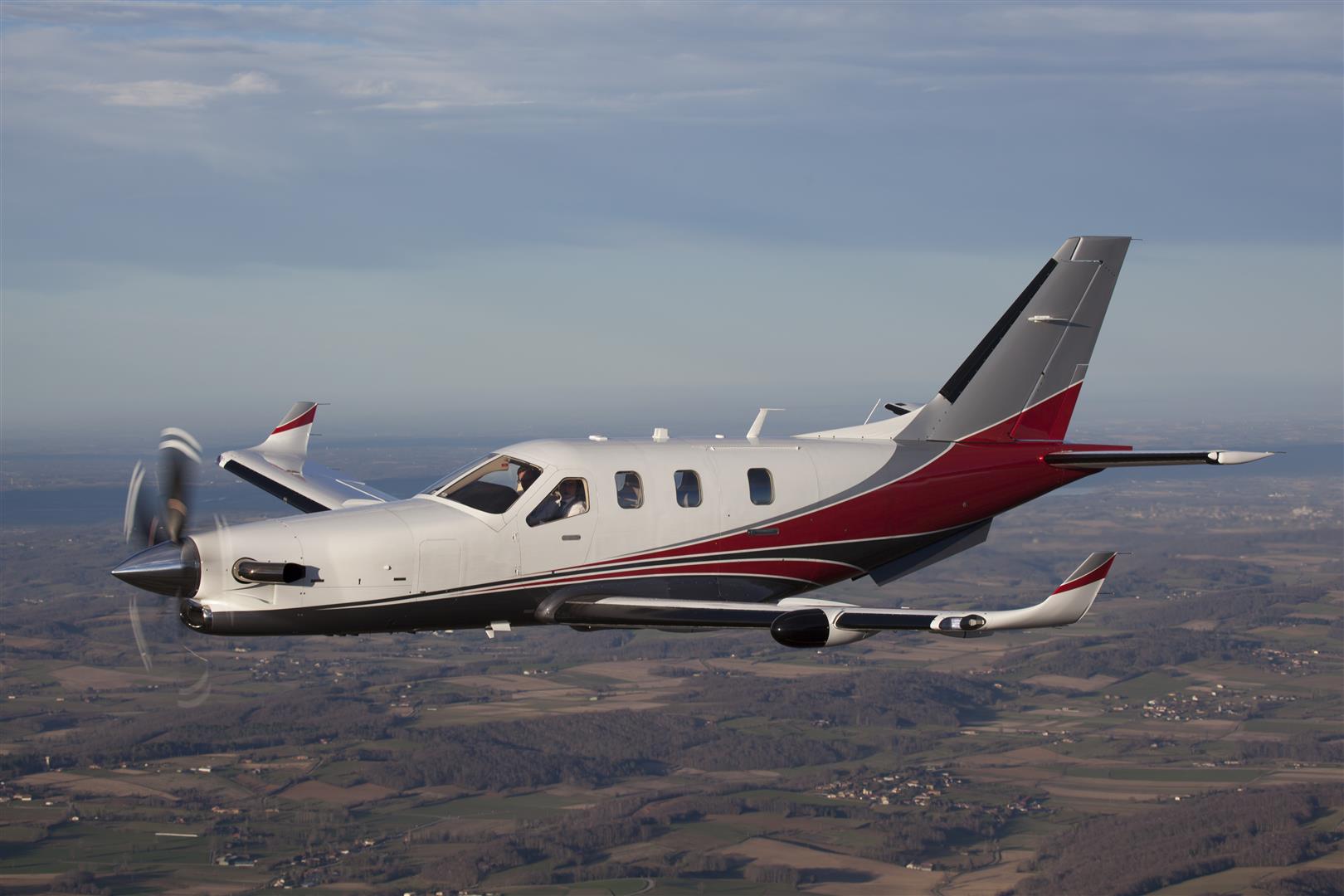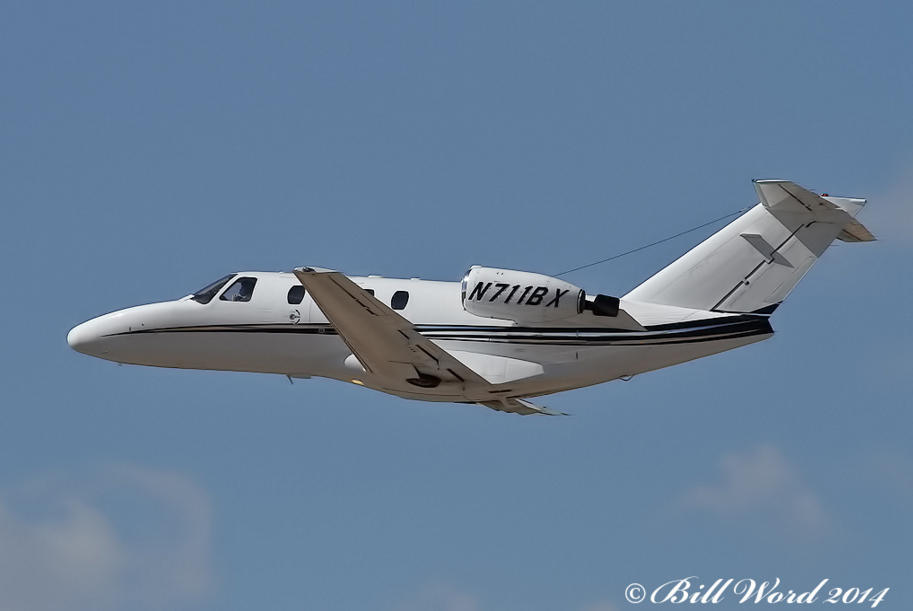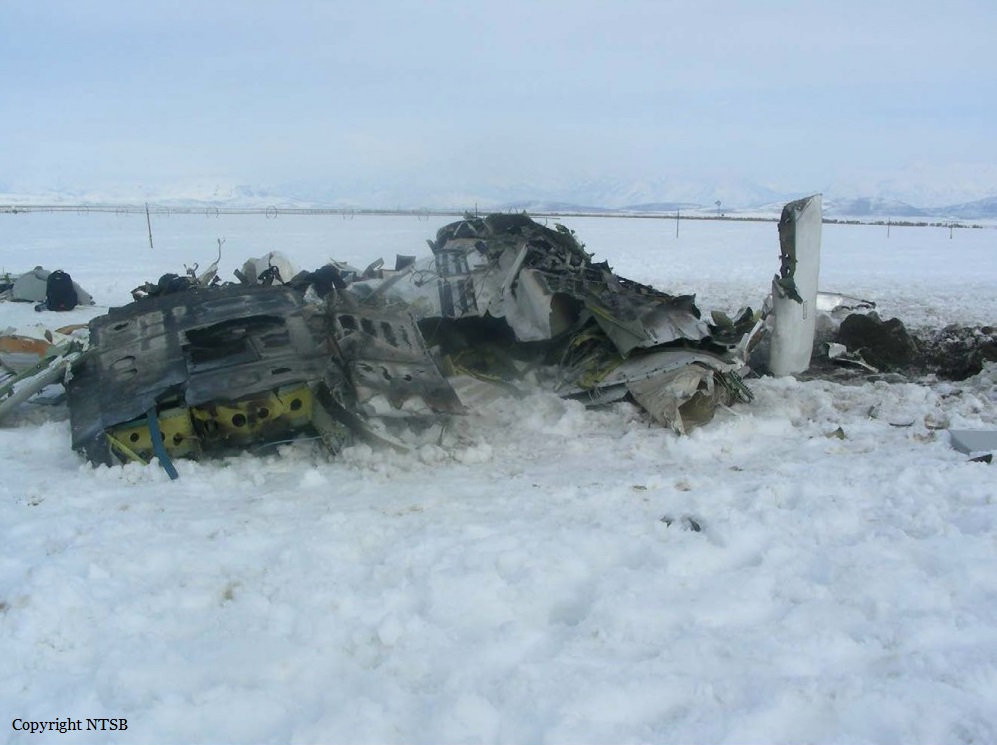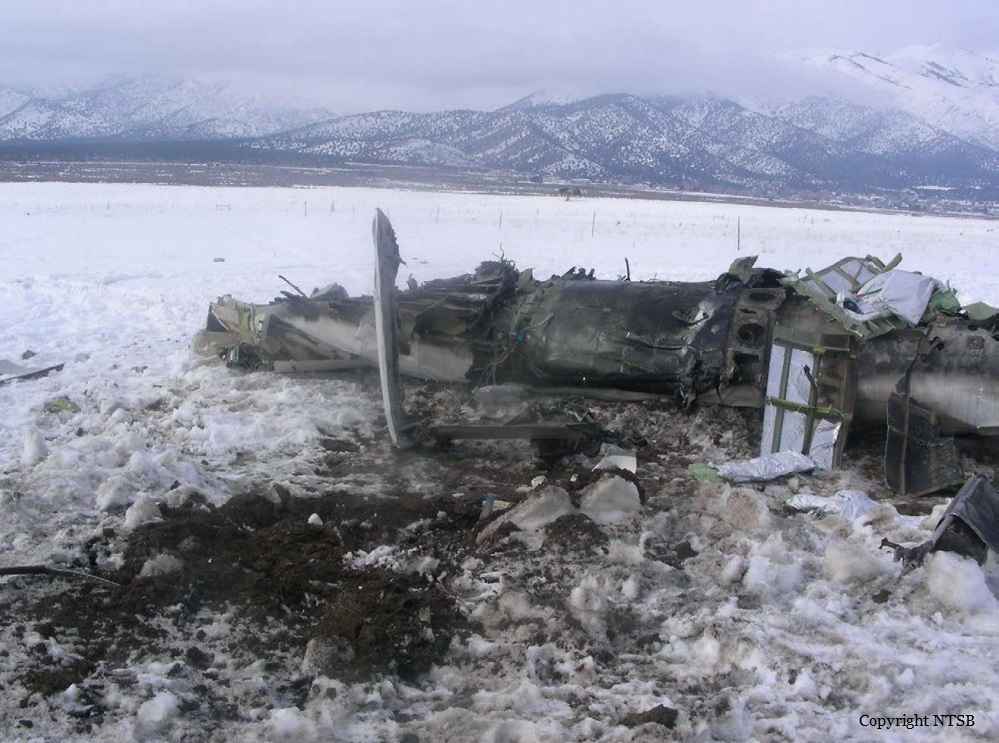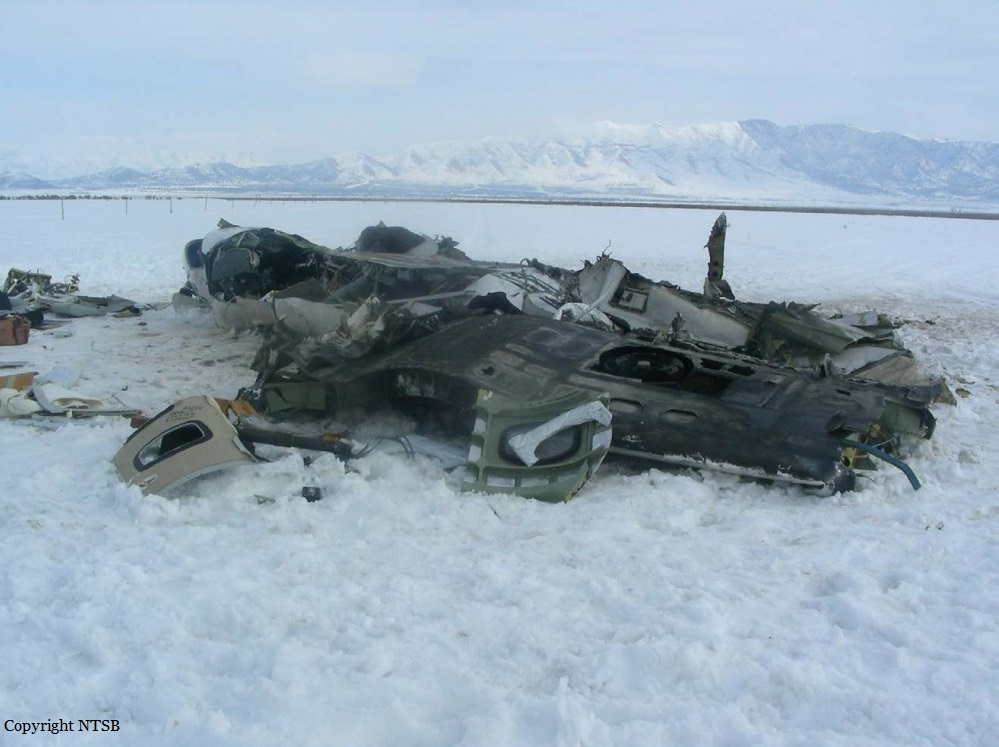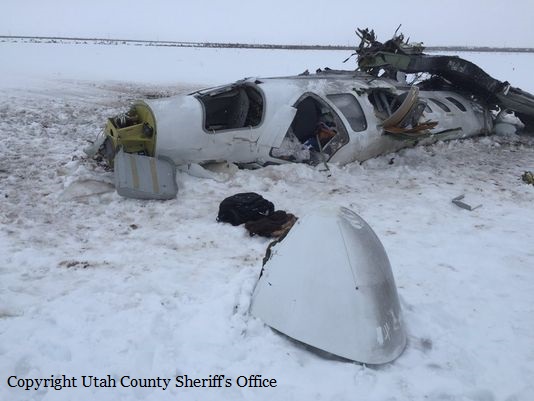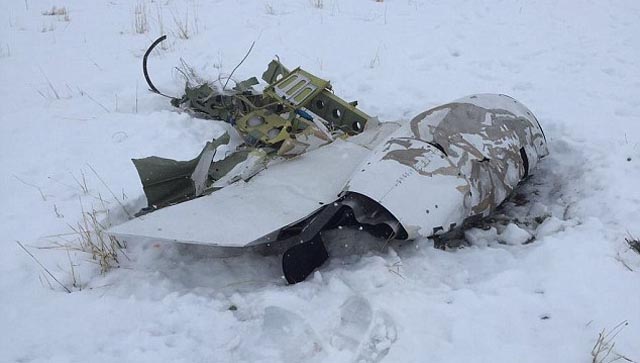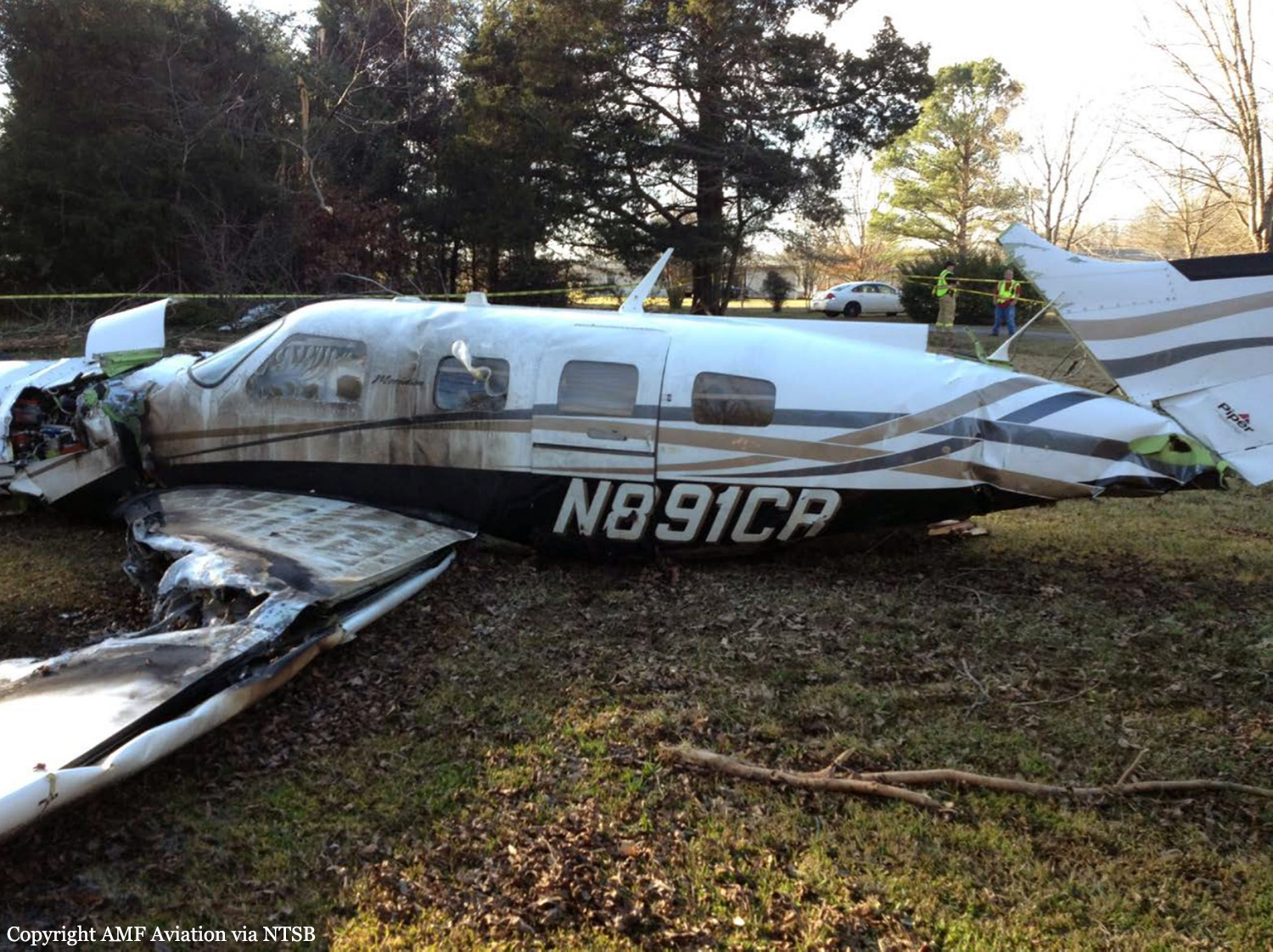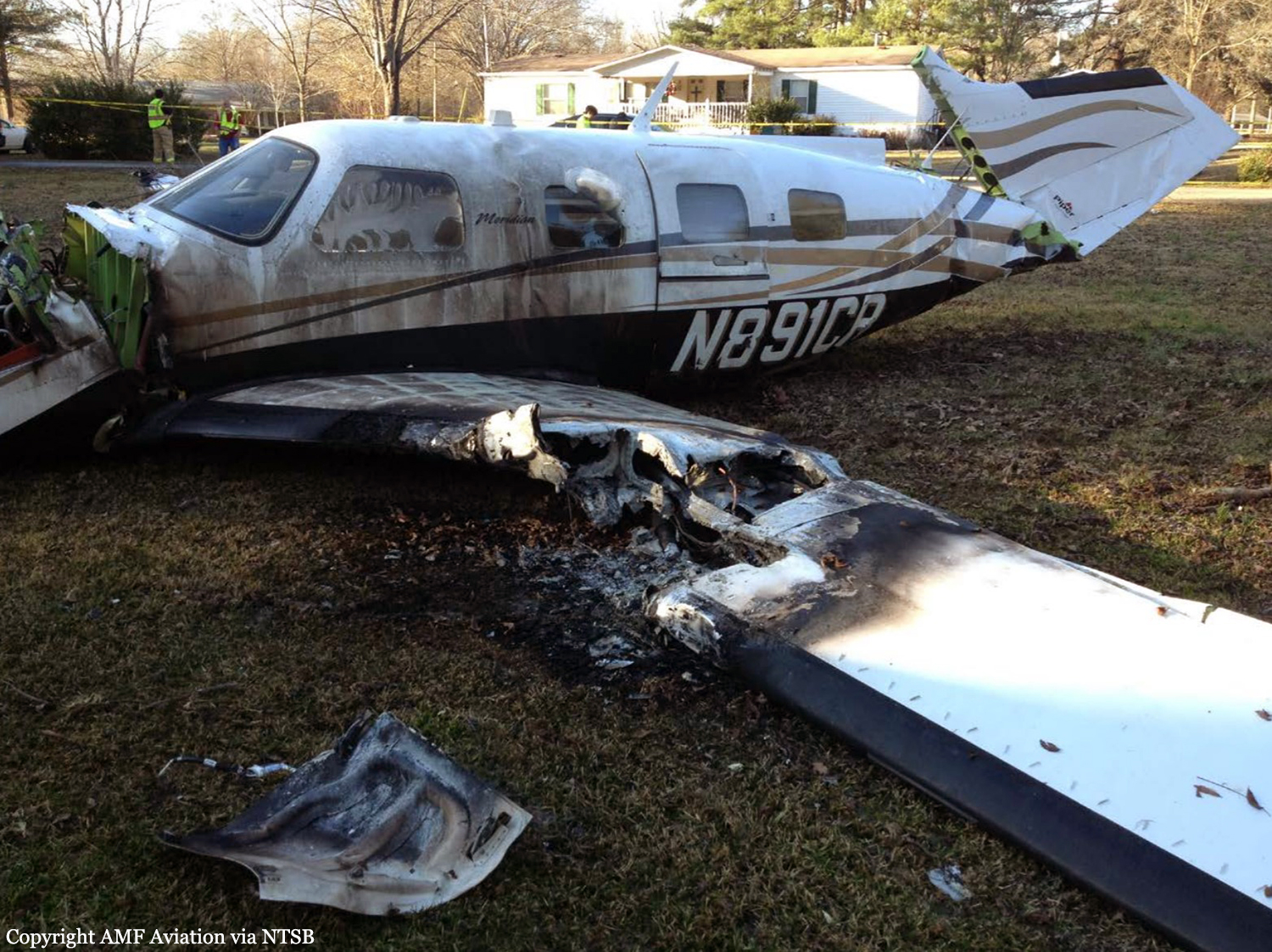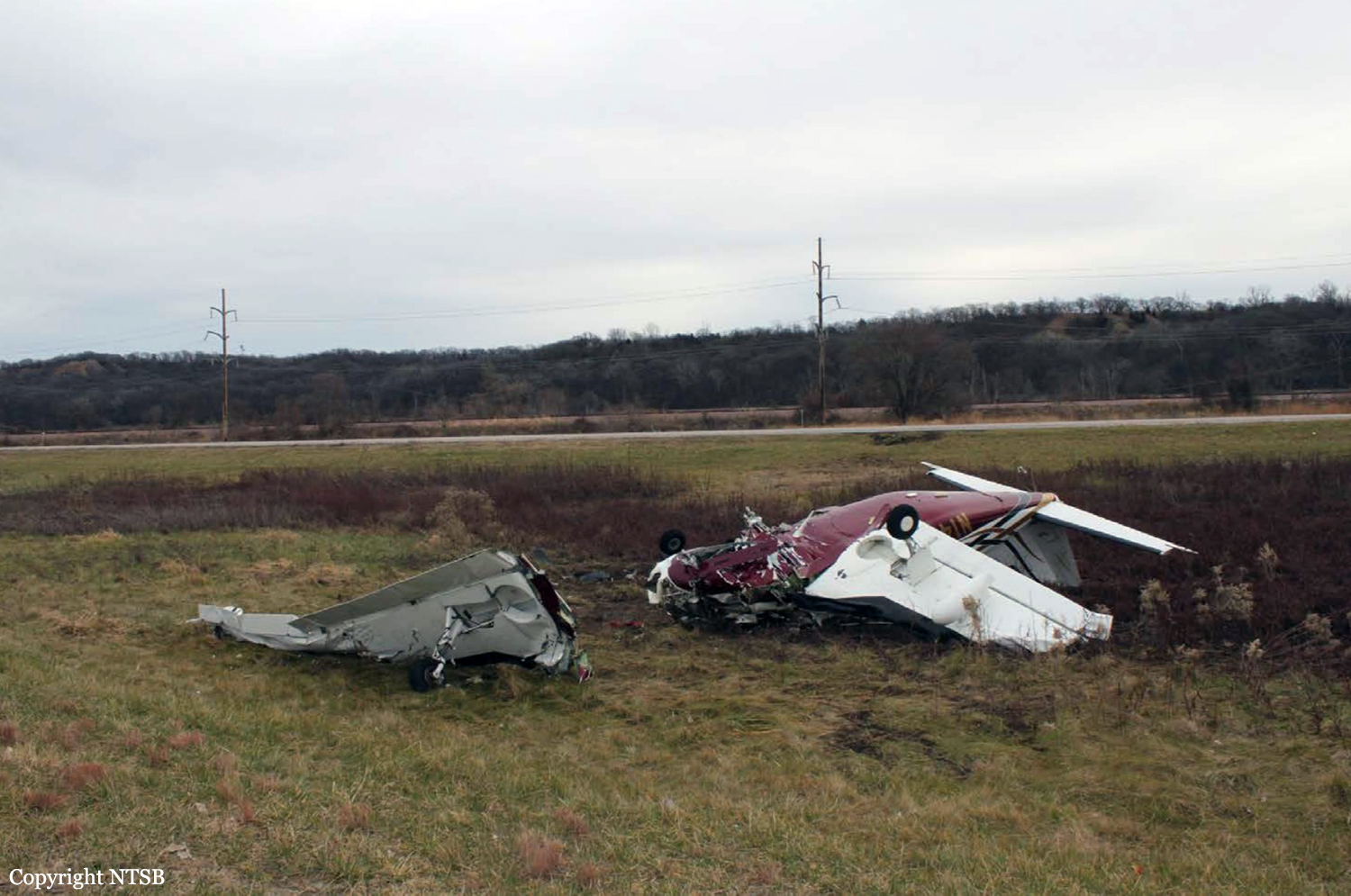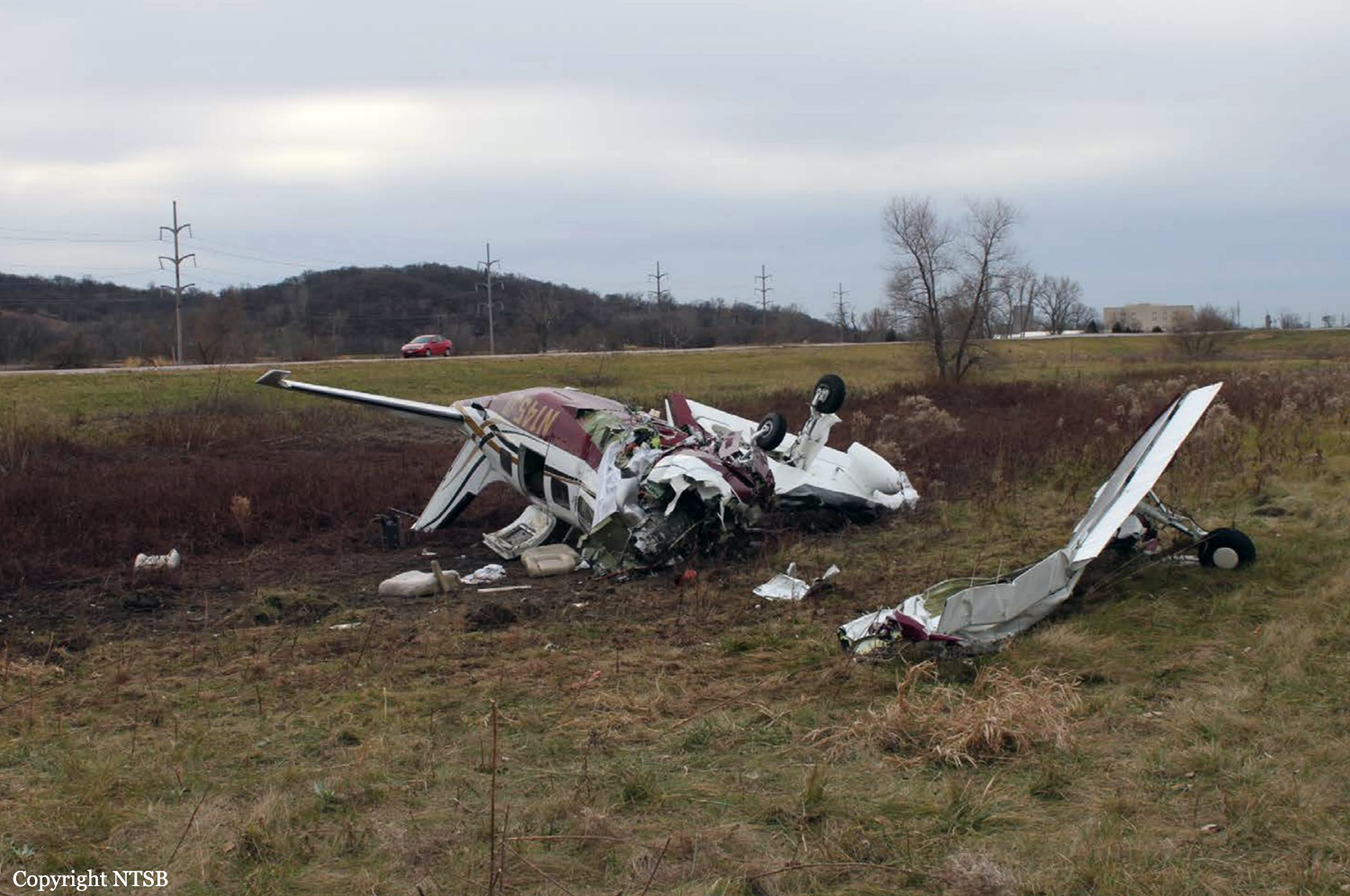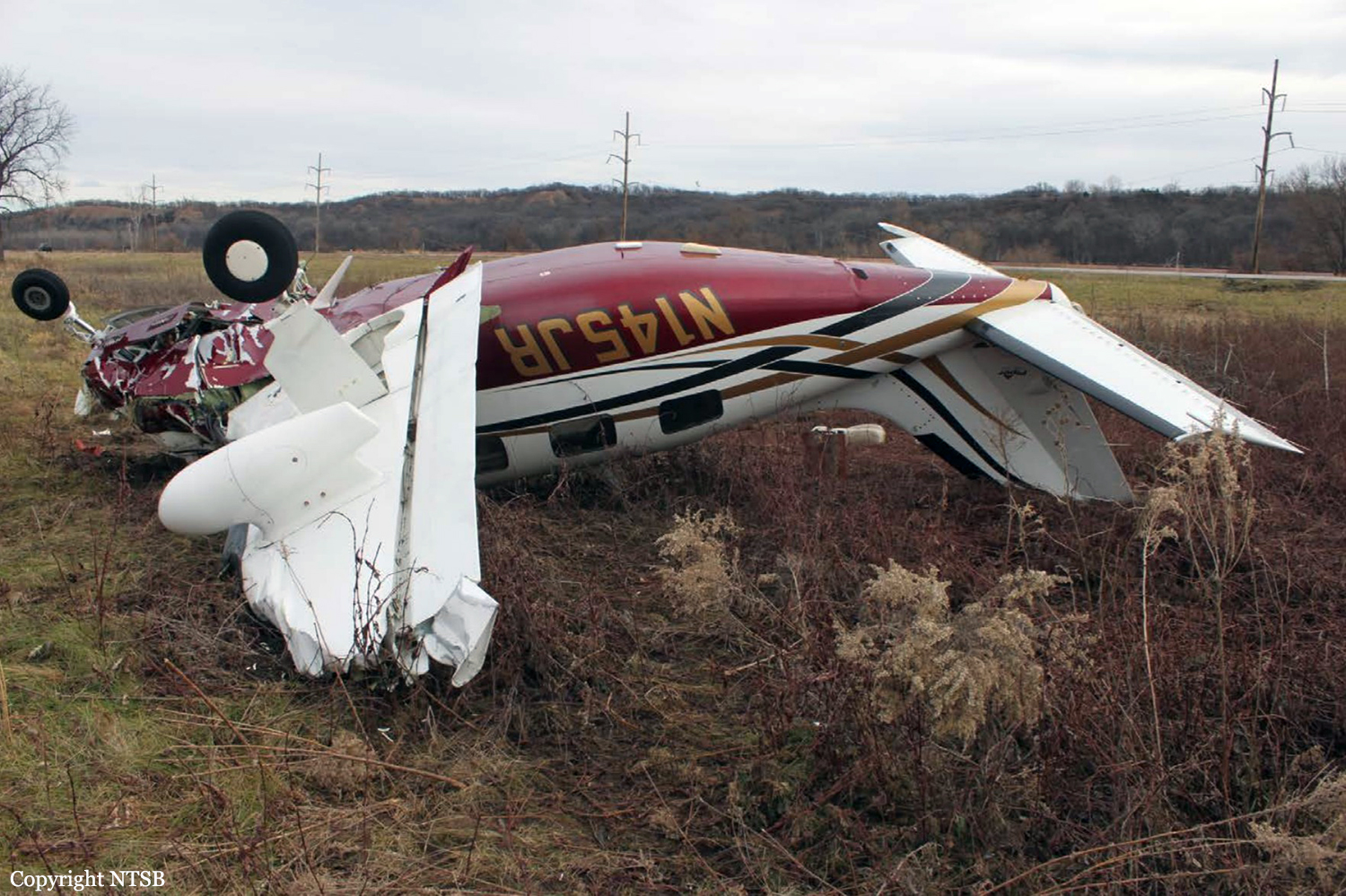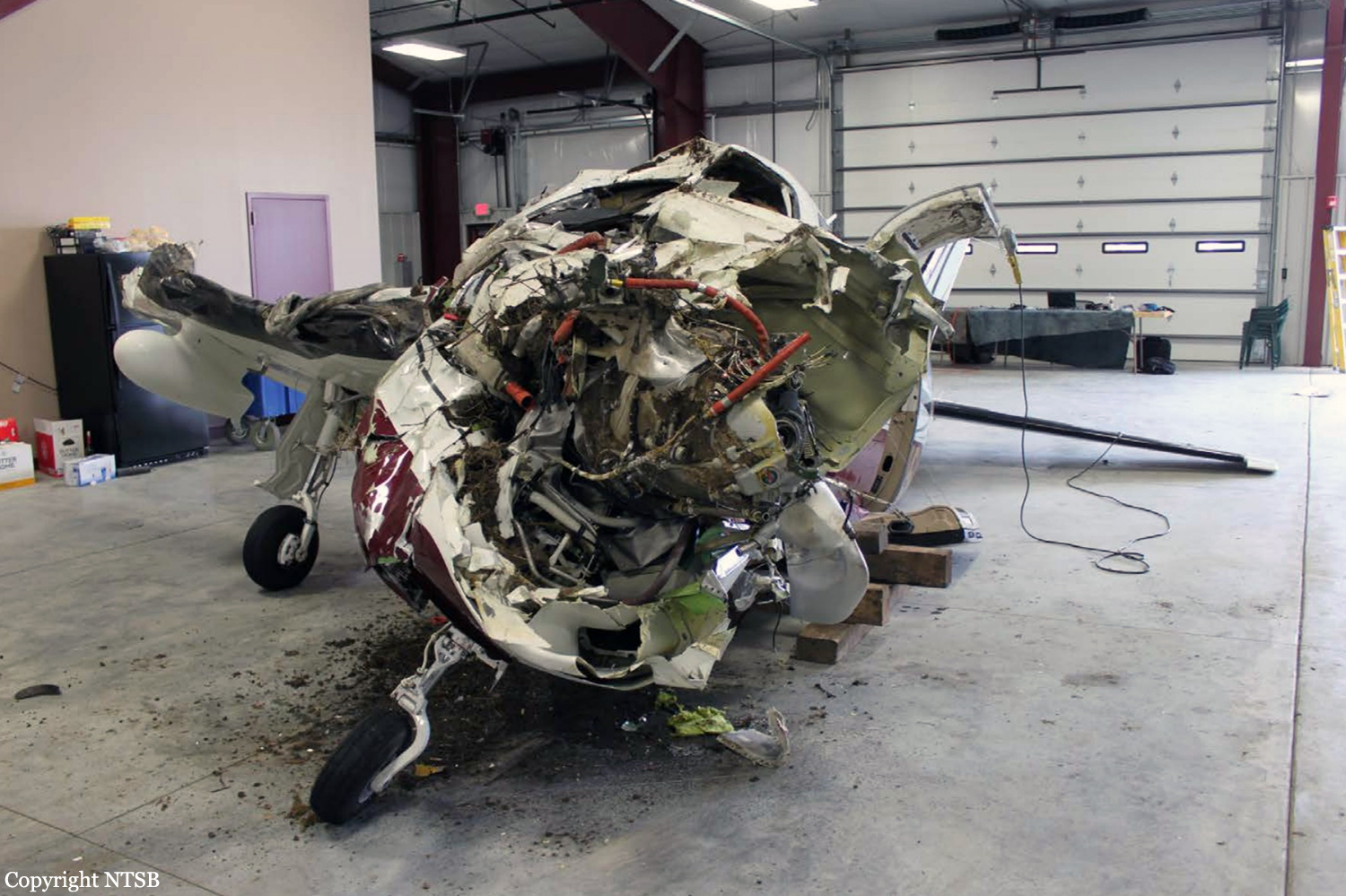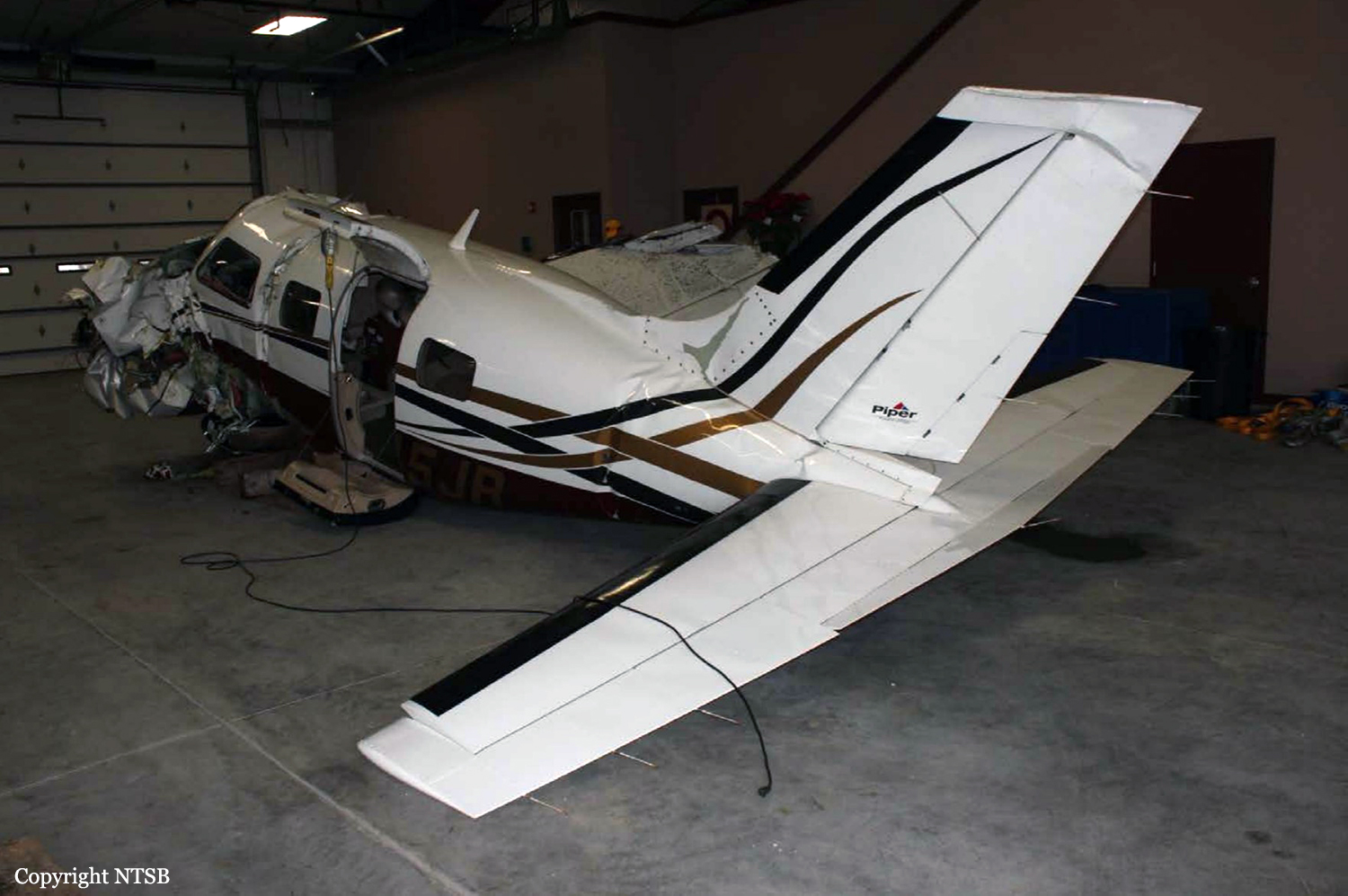Circumstances:
On the day of the accident, a line service technician had disconnected the airplane from a battery charger. After disconnecting the battery, he left the right access door open which provided access to the fuel control unit, fuses, fuel line, oil line, and battery charging port as he always did. He then towed the airplane from the hangar it was stored in, and parked it in front of the airport's terminal building. The three passengers arrived first, and then about 30 minutes later the pilot arrived. He uploaded his navigational charts and did a preflight check "which was normal." The engine start, taxi, and engine run up, were also normal. The wing flaps were set to 10°. After liftoff he "retracted the landing gear" and continued to climb. Shortly thereafter the right cowl door opened partially, and started "flopping" up and down 3 to 4 inches in each direction. He reduced the torque to try to prevent the right cowl door from coming completely open. However, when he turned on the left crosswind leg to return to the runway, the right cowl door opened completely, and the airplane would not maintain altitude even with full power, so he "put the nose back down." The airplane struck trees, and then pancaked, and slid sideways and came to rest, in the front yard of an abandoned house. The private pilot and one passenger received minor injuries. Two passengers received serious injuries, one of whom was found out of her seat, unconscious, on the floor of the airplane shortly after the accident, and died about 227 days later. During the investigation, it could not be determined, if she had properly used the restraint system, as it was found unlatched with the seatbelt portion of the assembly extended. Examination of the wreckage revealed no evidence of any preimpact failures or malfunctions of the airplane or engine that would have precluded normal operation. It was discovered though, that the right access door had not been closed and latched by the pilot before takeoff, as examination of the right access door latches and clevis keepers found them to be functional, with no indication of overstress or deformation which would have been present if the access door had been forced open due to air loads in-flight, or during the impact sequence. Further examination also revealed that the battery charging port cover which was inside the compartment that the right access door allowed access to, had not been placed and secured over the battery charging port, indicating that the preflight inspection had not been properly completed. A checklist that was provided by a simulator training provider was found by the pilot's seat station. Examination of the checklist revealed that under the section titled: "EXTERIOR PREFLIGHT" only one item was listed which stated, "EXTERIOR PREFLIGHT…COMPLETE." It also stated on both sides of the checklist: "FOR SIMULATOR TRAINING PURPOSES ONLY." A copy of the airplane manufacturer's published pilot's operating handbook (POH) was found in a cabinet behind the pilot's seat where it was not accessible from the pilot's station. Review of the POH revealed that it contained detailed guidance regarding the preflight check of the airplane. Additionally, it was discovered that the landing gear was in the down and locked position which would have degraded the airplane's ability to accelerate and climb by producing excess drag, and indicated that the pilot had not retracted the landing gear as he thought he did, as the landing gear handle was still in the down position. Review of recorded data from the airplanes avionics system also indicated that the airplane had roughly followed the runway heading while climbing until it reached the end of the runway. The pilot had then entered a left turn and allowed the bank angle to increase to about 45°, and angle of attack to increase to about 8°, which caused the airspeed to decrease below the stalling speed (which would have been about 20% higher than normal due to the increased load factor from the steep turn) until the airplane entered an aerodynamic stall, indicating that the pilot allowed himself to become distracted by the open door, rather than maintaining control of the airplane. One of the seriously injured passenger passed away 227 days after the accident.
Probable cause:
The pilot's inadequate preflight inspection and his subsequent failure to maintain airplane control, which resulted in an access door opening after takeoff, and the airplane exceeding its critical angle of attack and experiencing an aerodynamic stall.
